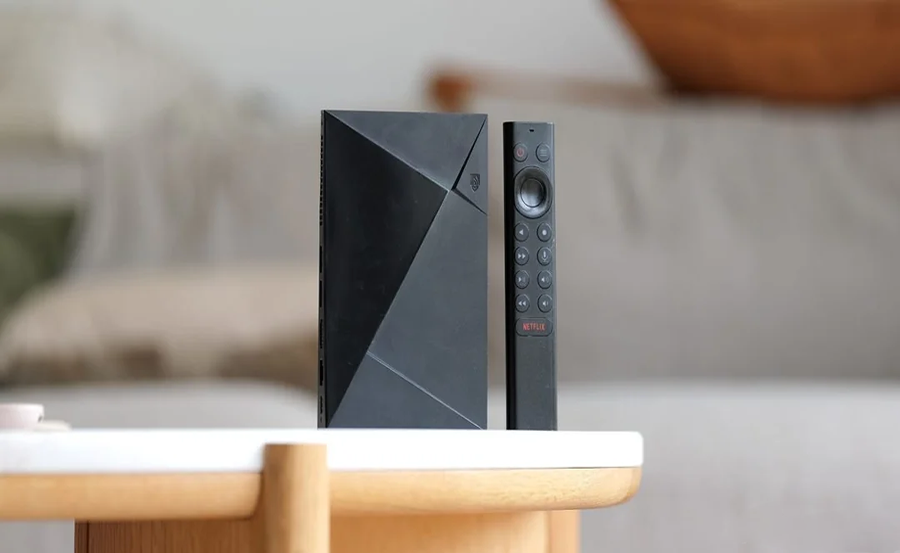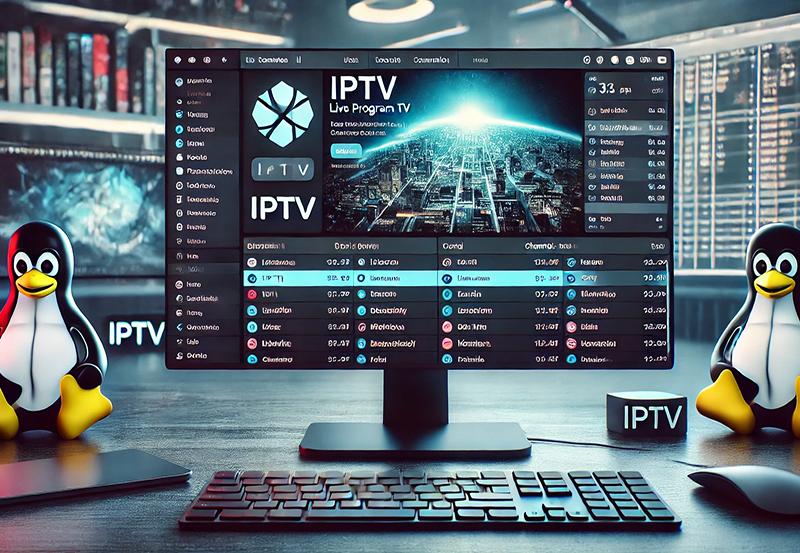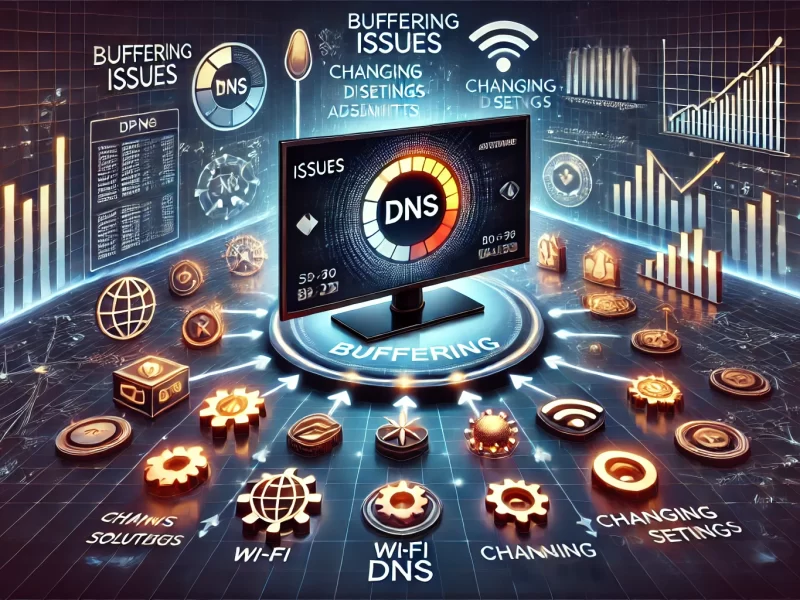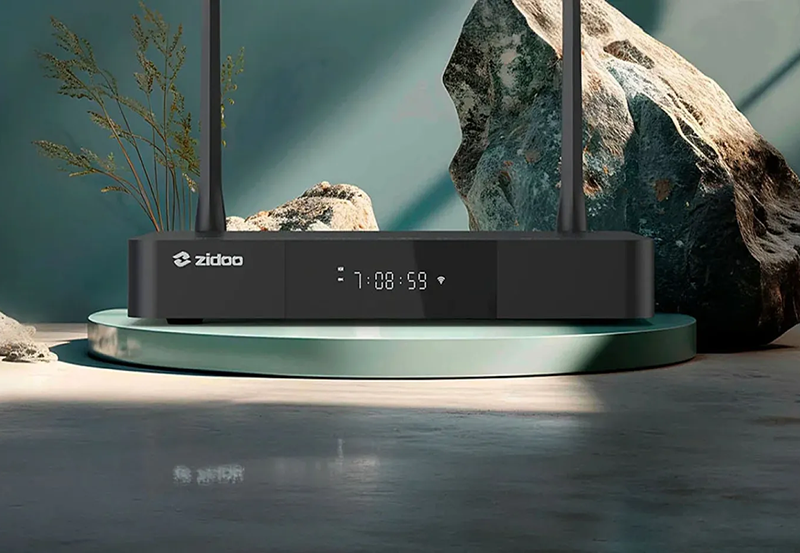In the modern era of streaming, viewers are no longer confined to traditional cable setups. Instead, we have far more dynamic, flexible options at our disposal. Enter IPTV – or Internet Protocol Television – a revolutionary way to stream live TV directly over the internet. And when paired with the robust features of NVIDIA Shield, you’re looking at an entertainment powerhouse. In this guide, we’ll explore how to set up and customize IPTV on NVIDIA Shield, crafting a viewing experience tailored specifically to your needs.
Understanding IPTV and NVIDIA Shield
Before diving into the installation and customization process, it’s crucial to understand what IPTV and NVIDIA Shield are. IPTV, or Internet Protocol Television, allows you to stream television content over the internet instead of traditional cable or satellite television. It offers unprecedented flexibility and a vast array of content to choose from.
NVIDIA Shield, on the other hand, is a device known for its streaming prowess. Whether you’re into gaming or keen on watching the latest shows in 4K, NVIDIA Shield delivers. Its broad compatibility with various apps and services makes it the perfect companion for IPTV services.
Smart Advice:
Secure your entertainment for a full year with a 1 Year IPTV Subscription, offering uninterrupted access to live TV.
Why Choose IPTV?
IPTV offers a level of freedom not typically associated with traditional television. With IPTV, you can access:
- Live TV streaming from anywhere with an internet connection.
- A broad variety of global channels.
- Content on-demand, allowing playback at your convenience.
- A customizable viewing experience tailored to individual preferences.
These features make IPTV one of the most versatile options for modern viewing needs, especially on devices like NVIDIA Shield.
Setting Up IPTV on NVIDIA Shield
Equipping your NVIDIA Shield with IPTV isn’t complex, but there are steps to follow to ensure a seamless setup. Below are detailed instructions:
Installing the Right Apps
To start, you need the right IPTV application that works with your service provider. Most IPTV services provide their specific app, typically downloadable via the Google Play Store, accessible through your NVIDIA Shield.
Popular options include Smart IPTV, Perfect Player, and GSE Smart IPTV. These applications support multiple IPTV formats and offer a user-friendly interface, making it straightforward to manage channels and settings.
Configuring IPTV Settings
Once installed, the next step is configuring the app to optimize performance and personalization. Here’s how:
- Open the IPTV app and navigate to “Settings.”
- Enter your IPTV provider’s details – usually, these are supplied upon subscription.
- Adjust streaming settings according to your internet’s speed to minimize buffering. This could involve setting quality limits based on your bandwidth.
- Organize or sort your channel list to ensure easy access to favorites.
Optimizing the User Experience
Customization doesn’t stop after installation—it’s an ongoing process. To truly make the most out of your IPTV setup on NVIDIA Shield, consider these enhancements:
Personalizing Your Channel Guide
A channel guide that’s organized and easy to navigate greatly enhances the user experience. Most IPTV apps allow for:
- Grouping channels by genre or region.
- Creating custom lists for favorite channels.
- Adjusting channel icons and descriptions for easy identification.
Enhancing Audio and Visual Quality
NVIDIA Shield supports high-definition streaming, but the content quality is equally important. Make sure:
- Your TV and sound systems are configured properly.
- You’re streaming from reputable sources to ensure HD quality.
Consider investing in quality HDMI cables and ensuring all connection points are secure to avoid any loss in audio or visual transmission.
Troubleshooting Common Issues
Even with a solid setup, issues can arise. Here’s a quick troubleshooting guide for common IPTV hiccups on NVIDIA Shield:
Buffering and Lag
Experiencing buffering or lag is frustrating, but typically fixable. It could be due to:
- Limited bandwidth – Ensure no other devices are hogging your internet connection.
- Outdated app – Keep your IPTV app updated for the latest patches.
- VPN usage – Disable any VPNs, as they can affect streaming speeds.
Channel Unavailability
Sometimes, certain channels might be unavailable. Check if:
- You’ve entered the correct provider details.
- There’s a service outage with your provider.
- The app requires a refresh or reboot.
Audio/Visual Sync Issues
If your audio and video appear out of sync, try the following:
- Toggle to a different channel, then switch back.
- Restart the NVIDIA Shield device.
- Check audio settings both within the app and on your TV.
Keeping Your Setup Secure
Security is a growing concern in the digital age. When it comes to IPTV, ensuring your data and streams remain secure is crucial. Here’s what you should do:
Use Trusted Sources
Stick to reputable IPTV service providers. Unverified sources might offer enticing deals, but they could be illegal or unsafe. Check for reviews and reliability before committing.
Employ Network Security
Make sure your home network is protected. Use strong passwords and enable WPA3 encryption on your router, if available. Regularly update your router firmware to patch any vulnerabilities.
VPN Considerations
While using a VPN can slow down streaming speeds, it is beneficial for privacy. Decide on a balance between speed and security that works best for you. Choose a VPN with a reputation for streaming.
Exploring More IPTV Options
While NVIDIA Shield is undoubtedly a fantastic platform, exploring different IPTV options can also expand your viewing possibilities:
Comparing IPTV on Roku
When looking at IPTV on Roku, you’ll be dealing with a different ecosystem. While similar in many respects to the NVIDIA Shield, each offers unique advantages:
- Roku’s interface is more intuitive for those who are less tech-savvy.
- The limitations on third-party app installations can restrict IPTV functionality compared to NVIDIA Shield.
Exploring Other Devices
Apart from NVIDIA Shield and Roku, other devices also support IPTV. Consider Android TV boxes or Amazon Fire TV which offer broad compatibility and customization options fitting different needs.
FAQ Section

1. Is IPTV legal to use?
Yes, using IPTV is legal, provided the content accessed through it is legally licensed. Always subscribe to services known for upholding media rights.
2. What internet speed is recommended for IPTV on NVIDIA Shield?
A minimum of 15 Mbps is recommended for HD streaming to avoid buffering. For 4K content, a stable connection of at least 25 Mbps would be ideal.
3. Can IPTV services be rendered on multiple devices simultaneously?
This depends on your service provider. Some allow multiple streams under one account, while others might restrict to a single connection at a time.
4. Are free IPTV services safe?
Free IPTV services pose significant risks, such as data theft or malware. It’s wiser to invest in a reliable, paid IPTV service for quality and security assurances.
5. How do I update my IPTV app on NVIDIA Shield?
Simply visit the Google Play Store on your NVIDIA Shield, navigate to “My Apps,” and update the IPTV application when prompted.
6. Can I record content with IPTV on NVIDIA Shield?
Yes, provided the IPTV app supports recording features. Check with your provider regarding cloud DVR capabilities or local device storage options.
7. What should I do if my IPTV service isn’t working?
Ensure your internet connection is active, restart your NVIDIA Shield, and verify the app settings are correctly configured. If the problem persists, contact your IPTV service provider for insight.
In the evolving world of digital media, customizing IPTV on your NVIDIA Shield offers a unique and personal way to enjoy television. Embrace the versatility and make your viewing experience truly your own.
IPTV Troubleshooting 101: The 5 Technical Issues You Need to Know





